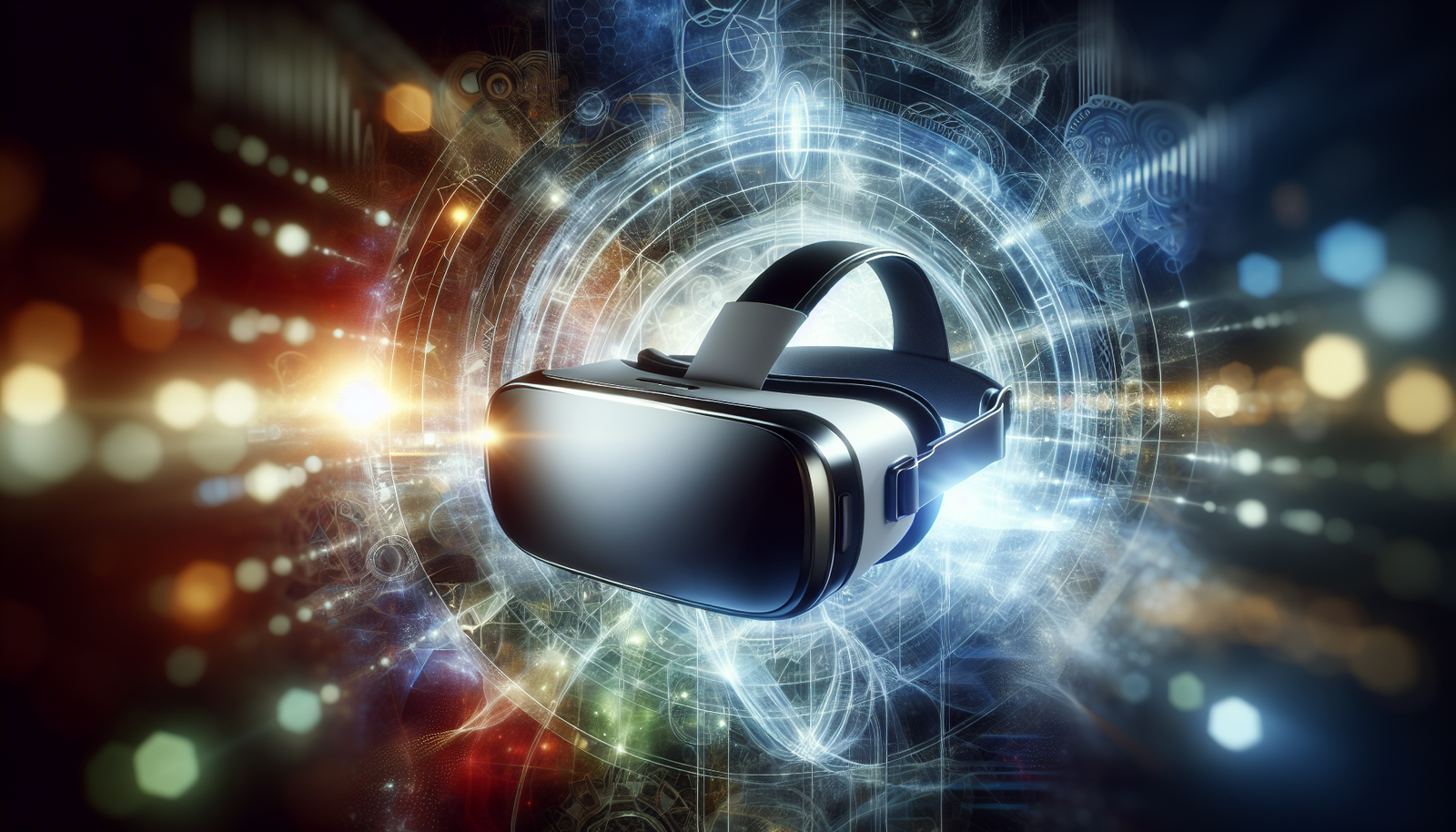Have you ever imagined stepping into a completely different world without leaving your seat? Virtual Reality (VR) is making that fantasy a reality, transforming how we interact with digital content and experience new environments. As I think about the advancements and potential future of VR, I’m truly excited about what lies ahead.
Understanding Virtual Reality
To start off, let’s break down what Virtual Reality even is. In simple terms, VR refers to a simulated experience that can be similar or completely different from the real world. This technology uses headsets, goggles, and sometimes specialized gloves or controllers to immerse users in a three-dimensional environment.
The Components of VR
The fantastic experience of VR comes from several components working together:
-
Display Technology: This is primarily the headset. The quality of the display significantly impacts the immersion level one feels. With advancements in OLED and resolution technology, the visuals have never been clearer.
-
Sensors and Input Devices: These are crucial for motion tracking and interaction. Devices like gloves and handheld controllers help users manipulate their virtual surroundings.
-
Software: The applications and platforms that create VR experiences must be robust and engaging. This includes games, training programs, and simulations for various industries.
-
Audio: Immersive sound designs enhance the VR experience, making it feel more real and impactful.
By understanding these components, it becomes clear how they contribute to creating immersive experiences that can be both entertaining and educational.
Current Uses of Virtual Reality
Currently, VR is found in several industries, each utilizing the technology in unique ways:
Gaming Industry
The gaming industry was one of the first to adopt VR technology. I’ve spent hours lost in video games that transport me to fantastical realms. Titles like “Beat Saber” and “Half-Life: Alyx” demonstrate the incredible potential of VR in gaming. The interaction level is vastly different from traditional gaming due to the immersive experience offered by VR.
Education and Training
In the realm of education, VR allows learners to experience situations that would otherwise be impossible. How would you like to practice surgeries without any risk? Or explore ancient ruins without leaving your classroom? Educational institutions are increasingly incorporating VR into their curriculum. Virtual field trips can take students to places they could only dream of visiting.
Healthcare
Healthcare is embracing VR for training and therapy. Surgeons can practice intricate procedures in a risk-free environment, honing their skills before working on real patients. Additionally, VR is being used in therapy for PTSD and phobias by gently exposing patients to their fears in a controlled and safe manner.
Real Estate
Real estate is experiencing a transformation thanks to VR. As I think back to the times I’ve browsed homes, I wish I had the option to take a virtual tour first. Now, prospective buyers can walk through homes virtually, allowing them to explore properties without the need to physically visit.
The Future of Virtual Reality
As I look toward the future, it’s thrilling to think about how VR will evolve and impact our lives.
Technological Advancements
With continuous advancements in technology, VR is poised for incredible developments. Each year, headset designs become sleeker while improving comfort and usability. The integration of AI could lead to even more personalized and responsive virtual experiences. Imagine a VR environment that adapts to my preferences in real time!
Increased Social Interaction
Another aspect of VR that excites me is social interaction. Currently, some platforms are already allowing people from all over the globe to meet in virtual environments. As VR continues to grow, the potential for virtual meet-ups or events is staggering. It’s like having a worldwide community at my fingertips.
VR and Augmented Reality (AR)
The lines between VR and Augmented Reality (AR) are becoming increasingly blurred. AR overlays digital content on the real world, while VR immerses users in a fully digital space. The marriage of these technologies will likely result in mixed-reality experiences that enhance entertainment, education, and even day-to-day tasks.
Accessibility and Affordability
Currently, some VR setups can be quite expensive and may not be accessible to everyone. However, there is a growing trend towards making these technologies more affordable. As the demand increases, I believe we will see a decline in costs, making it accessible for more people.
Expanding Applications
Beyond games and education, VR’s applications are expanding into areas I would have never imagined. From virtual tourism to therapy in mental health, the range of experiences that VR can facilitate is vast. My anticipation grows as I consider what new applications might emerge, making everyday tasks more engaging or providing solace in moments of solitude.
The Challenges Facing VR
While the future looks bright for virtual reality, there are challenges that we need to confront.
Motion Sickness
One of the most common hurdles in VR is motion sickness. As I’ve experienced first-hand, the disconnect between what my eyes see and what my body feels can lead to discomfort. Developers are actively working on solutions, including improving frame rates and reducing latency, to create smoother experiences.
Content Creation
Creating high-quality, engaging content remains a challenge. While there is a wealth of resources available, ensuring that content is both immersive and skillfully crafted can be labor-intensive. The demand for diverse and captivating experiences will only grow, motivating creators to push the boundaries of what’s possible.
Health Concerns
As with any technology that immerses users for prolonged periods, health concerns arise. Eye strain, fatigue, and even psychological effects from extended use are potential issues. Striking the right balance between enjoyment and health awareness is crucial for the continued growth of VR.
Conclusion
As I wrap up my thoughts on the future of Virtual Reality, I can’t help but feel excited about the possibilities ahead. This technology is not just about creating fun distractions; it’s about reimagining how we connect with information, each other, and the world around us. From gaming to education, healthcare to social interactions, VR promises to create experiences that enrich our lives in ways we are still discovering.
I look forward to seeing how VR develops—its potential is limited only by our imagination. As we continue to push the boundaries of technology, I believe we’ll find that virtual reality has a place in nearly every aspect of our lives, enhancing learning, connection, and creativity in the years to come.






